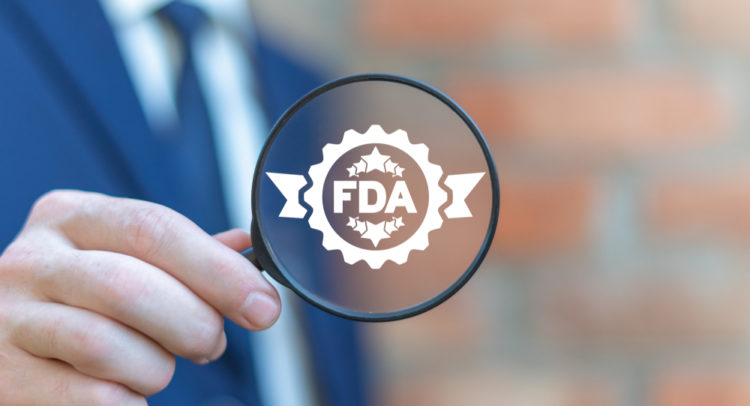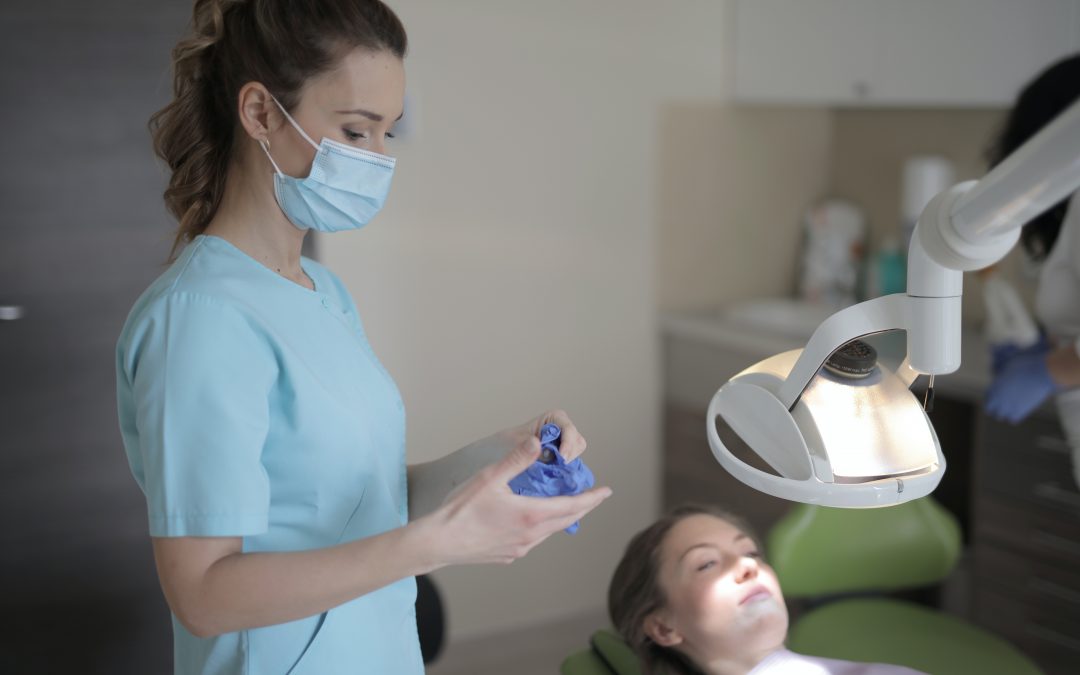The new article describes the recommended content and highlights the key points to be considered in this respect.

Table of Contents
The Food and Drug Administration (FDA or the Agency), the US regulating authority in the sphere of healthcare products, has published a guidance document dedicated to the content of human factors information in medical device marketing submissions. Once finalized, the document will provide additional clarifications regarding the applicable regulatory requirements, as well as recommendations to be considered by medical device manufacturers and other parties involved in order to ensure compliance thereto. At the same time, provisions of the guidance are non-binding in their legal nature, nor are intended to introduce new rules or impose new obligations. Moreover, an alternative approach could be applied, provided such an approach is in line with the underlying legislation and has been agreed with the authority in advance.
The guidance provides, inter alia, specific recommendations regarding the content of human factors information to be included in marketing submissions. First of all, the authority mentions that a manufacturer’s internal documentation of risk management, human factors engineering testing (when applicable), and design optimization processes can help provide evidence, where appropriate, that the needs of the intended users were considered in the design and that the device is safe and effective for the intended users, uses, and use environments. Furthermore, it is also stated that in accordance with the Quality System Regulation, medical device manufacturers are obliged to verify and validate device design and changes thereto. The authority also mentions that information related to human factors should be duly documented and kept by medical device manufacturers irrespective of whether it should be submitted to the authority. Such records should be provided to the authority upon request.
Under the general rule, the scope of human factors information the authority expects medical device manufacturers to include in marketing submissions covers the description of how the respective factors were applied at the device development stage. According to the guidance, it should be not the raw data, but a summary based on the evaluation conducted. In particular, the information should describe the identification, evaluation, and final assessment of all use-related hazards from using the device. The appropriate documentation should be included in the submission (e.g., the documents related to risk analyses addressing the interactions with the device). The manufacturer applying for marketing approval should also provide references to other human factors information included in the submission.
Apart from the general recommendations regarding the content of human factors information to be included in marketing submissions, the document describes the relevant sections such submissions should contain.

Section 1: Conclusion and High-Level Summary
In accordance with the recommendations provided, submitters should begin with a conclusion stating whether the user interface of the device has been found to be adequately designed for the intended users, uses, and use environments and whether new human factors testing was conducted to support this conclusion. As further explained by the authority, the applicant shall start by providing a high-level summary covering the human factors engineering assessment, together with a summary of the human factors engineering processes conducted, as well as an analysis of the results thereof. The aspects to be addressed in this section also include the residual risks – the ones that remain after all the mitigation measures are duly taken. In this respect, it will be necessary to justify why additional mitigation is not feasible.
Section 2: Description of intended device users, uses, use environments, and training
The second section should describe the way the device is intended to be used, its target population, the disease or condition it is intended to address, as well as the training potential users should undergo in order to be able to use the device in a safe and efficient manner. In particular, this section should include:
- A description of the intended user population. Such a description should highlight the key points related to the intended user population (each of them if multiple are applicable). Special attention shall be paid to the use of the device by healthcare professionals and laypersons.
- A summary of the device’s intended use.
- A summary of the device’s operational context of use and critical aspects of device operations. In this respect, the manufacturer should indicate whether any specific training is required before the device will be used, and also describe the set up and maintenance procedures the device is subject to.
- A summary of the intended use environments. This summary should address the main characteristics of these environments and factors that could impact the way users operate the device.
- A description of any training users would receive. In particular, the authority expects manufacturers to provide samples of training materials (e.g., video, or presentation slides).
Section 3: Description of Device-User Interface
According to the guidance, the information to be provided by medical device manufacturers should also address the aspects related to the device-user interface. In particular, the following should be provided:
- A graphical representation of the device and its user interface. Such a description should provide information about the overall device and its components.
- A written description of the device user interface.
- A copy of the labeling that will be provided to the user with the device.
- An overview of the operational sequence of the device and the user’s expected interactions with the user interface.
The authority also mentions that in the case of modified devices, it could be reasonable to provide a comparison to the initial device.
As further described in the guidance, the marketing submission should also include the following sections:
- Section 4: Summary of known use problems;
- Section 5: Summary of preliminary analyses and evaluations;
- Section 6: Analysis of hazards and risks associated with use of the device;
- Section 7: Identification and description of critical tasks;
- Section 8: Details of HF validation testing of final design.
In summary, the present FDA draft guidance provides an overview of the information to be included in marketing applications with respect to human factors engineering. The document highlights the key points to be considered by medical device manufacturers in order to ensure compliance with the applicable regulatory requirements.
Sources:
How Can RegDesk Help?
RegDesk is a holistic Regulatory Information Management System that provides medical device and pharma companies with regulatory intelligence for over 120 markets worldwide. It can help you prepare and publish global applications, manage standards, run change assessments, and obtain real-time alerts on regulatory changes through a centralized platform. Our clients also have access to our network of over 4000 compliance experts worldwide to obtain verification on critical questions. Global expansion has never been this simple.

